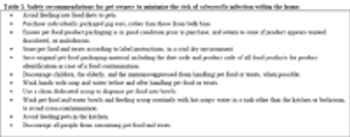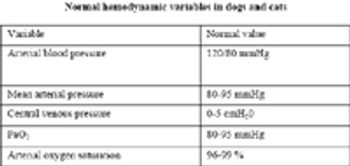
Cobalamin (vitamin B12) is a cyclic tetrapyrrol that contains a corrin ring with a cobalt atom in the center. Cobalamin is actually made up of a group of compounds and is exclusively derived from bacterial sources. The biologically active forms of this vitamin are methylcobalamin (required for methyl-group transfers) and adenosylcobalamin (required for adenosyl-group transfers), but there are other molecules that belong to this group of vitamins, such as hydroxocobalamin or cyanocobalamin.



